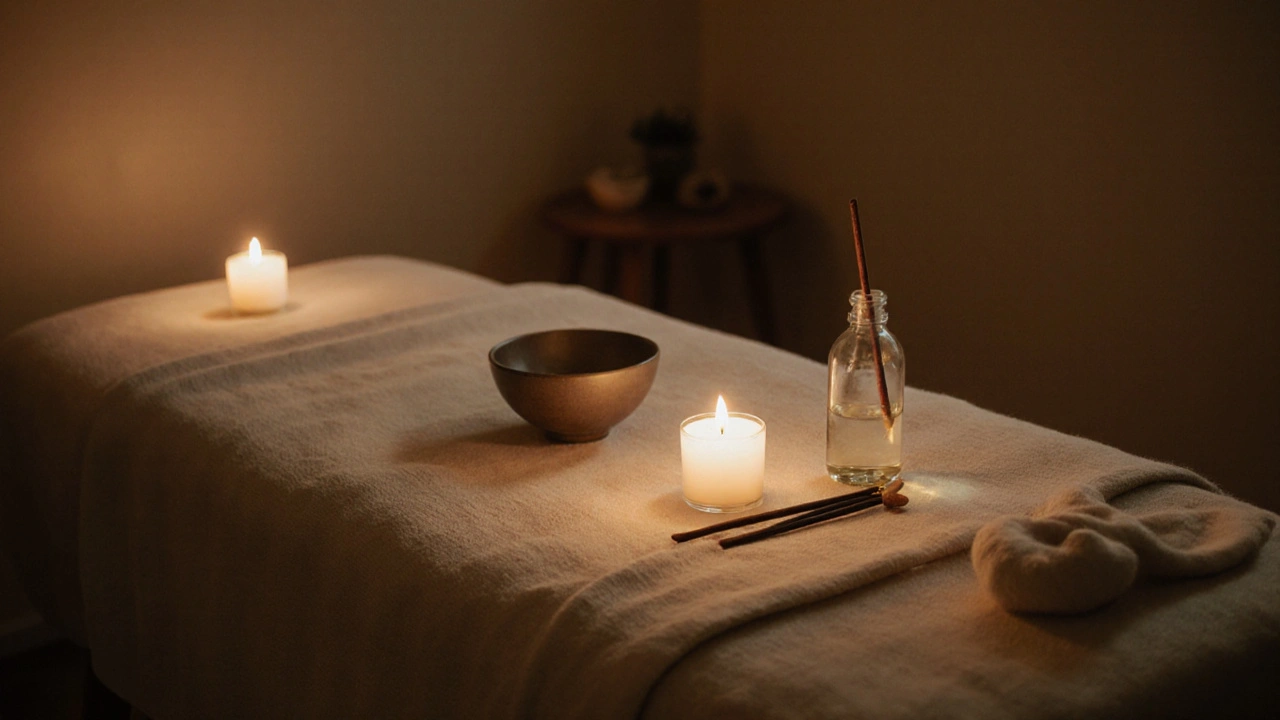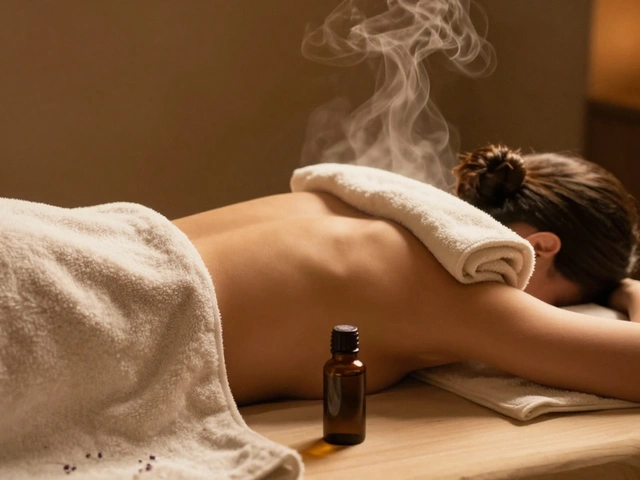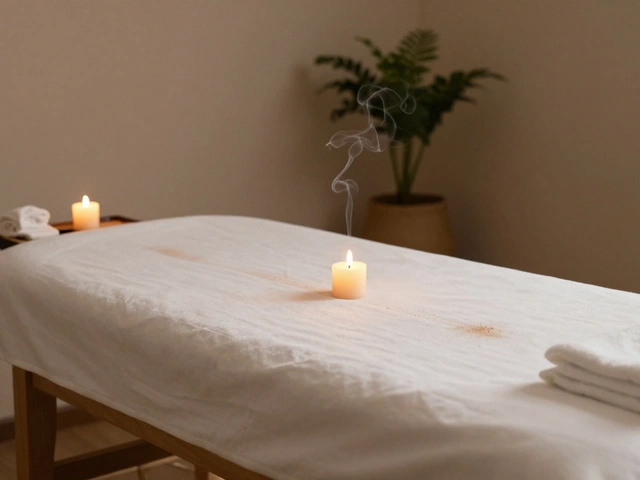Tantra Massage: What It Is and Why It Works
Tantra massage blends gentle touch with mindful breathing to unlock more pleasure and calm. It isn’t just a body rub – it’s a way to connect with yourself or a partner on a deeper level. People use it to reduce stress, improve intimacy, and feel more aware of their own sensations. If you’re curious about trying something beyond a regular massage, this guide shows you the basics without any fluff.
Why Try Tantra Massage?
First off, the benefits are pretty clear. The slow, intentional strokes help lower cortisol, the stress hormone, so you feel more relaxed after a session. Second, the focus on breath encourages you to stay present, which can boost emotional closeness if you’re doing it with someone else. Third, many users report better circulation and a stronger sense of body awareness – useful whether you’re an athlete or just want to feel more alive.
Another plus is that you don’t need fancy equipment. A comfortable mat or a firm bed, some light oil, and a quiet room are enough. This makes tantra massage an affordable way to add a new self‑care habit without booking a pricey spa. Lastly, the practice can be adapted to any skill level. You can start with simple hand movements and grow into deeper techniques as you get comfortable.
How to Perform a Simple Tantra Massage
Start by setting the mood. Dim the lights, play soft music, and make sure the temperature feels warm. Have a small bowl of massage oil ready – coconut or almond oil works well because they glide smoothly and are gentle on skin.
Begin with a few minutes of breath work. Ask your partner (or yourself) to inhale through the nose for four counts, hold for two, then exhale slowly for six. This settles the mind and syncs your rhythms.
Next, use the palms to make slow, circular motions on the back, moving from the lower spine up to the shoulders. Keep the pressure light to moderate – you want to feel a pleasant stretch, not pain. After the back, move to the arms and legs, mirroring the same circles and adding gentle squeezes at the ends of each limb.
When you reach more intimate zones, stay extra mindful. Use feather‑light strokes, focus on the breath, and ask for feedback. The goal isn’t sexual climax (unless that’s part of the shared intention) but rather a deep sense of relaxation and energy flow.
Finish the session by covering the body with a soft blanket and staying still for a minute or two. This lets the calm settle in before you get up. A quick check‑in after the massage helps you both notice any changes in mood or tension.
Remember, tantra massage is a practice, not a performance. You’ll get better with each session, and the real reward is the quiet connection you build with your own body or with a partner. If you’re looking for more advanced moves, consider reading our detailed post “How to Master the Art of Tantric Massage” for deeper rituals and safety guidelines.
How to Prepare for Your First Tantra Massage Experience
Learn how to prepare for your first tantra massage with practical tips, safety guidelines, and what to expect. Discover the real benefits of mindful touch, how it differs from sensual massage, and how to find a qualified practitioner.
Read MoreThe Benefits of Tantra Massage for Physical and Emotional Wellbeing
Tantra massage is a mindful, non-sexual form of touch that promotes deep physical relaxation and emotional healing. Learn how slow, intentional touch can reduce stress, improve body awareness, and reconnect you with yourself.
Read MoreLingam Massage in London: Ultimate Guide to Relaxation & Wellness
Find out how lingam massage in London offers a unique blend of deep relaxation, stress relief, and heightened body awareness. Discover history, techniques, benefits, and expert tips for a memorable, safe experience.
Read MoreTantra Massage Healing: How This Ancient Practice Recharges Your Mind and Body
Tantra massage goes beyond just easing sore muscles—it aims to recharge your entire spirit. This article breaks down how it differs from traditional massage and why so many people walk out feeling lighter and happier. You'll find real tips for getting started, what to expect in a session, and myths that often hold people back. Discover interesting facts, like how certain breathing techniques boost the healing effect. If you're looking for a new way to shake off stress, this is a must-read.
Read MoreErotic Massage London: Techniques, Benefits & Sensual Experiences
Get the lowdown on erotic massage in London with real-world tips, honest facts, and deep dives into sensual techniques. This article spills secrets about what sets erotic massage apart, how it works, and why so many are turning to it for relaxation and connection. Discover safety advice, etiquette, and how to find reputable therapists. Packed with insights and myth-busting content, it's your go-to resource for understanding and exploring the world of erotic massage in London.
Read More









